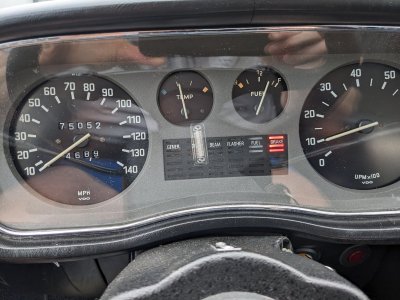I have used the 32/26 Weber on numerous vehicles, some of which included an idle shutoff solenoid. Except for an air-cooled application and a boat, they were all equipped with a water choke. Not all of the solenoids were interchangeable. Every so often a weber-equipped engine would inexplicably run rough or even stall or experience a slight run on. This was a general indication that the idle fuel circuit, also containing the solenoid, was plugged with debris. Whether this was from inadequate air or fuel filtration or poorly formulated fuel is not known. The immediate remedy was almost always R&R ‘ing the solenoid and its jet and dousing all related parts and orifices with Gumout or CRC. I vaguely remember experiencing similar situations with Zenith and Solex carburetors - but never as often.
There were a few times where an engine’s symptoms seemed very similar to a blocked idle jet, but to the point of lip277's post, the issues were generally not related to a malfunctioning or disconnected idle shutoff solenoid. Instead they were related to a flooding situation caused by a stuck inlet needle valve or seat, or failing floats or floats that were also stuck or sticking. A worn or neglected accelerator pump diaphragm could also upset the mixture production. Another somewhat related scenario where the shutoff solenoid might be unfairly blamed for erratic engine operation and engine run on is where the
throttle plates are not fully returning to the proper idle position due to a maladjusted or sticking fast idle linkage. A similar scenario is where the
throttle plates are poorly adjusted likely due to an dubious attempt to achieve an acceptable idle or mid-range operation when the carburetor is
improperly jetted or to overcome a host of other engine infirmities such as maladjusted leaky valves, low compression, etc. In any event, t
hese throttle plate settings can bypass or effectively limit the carburetor’s idle circuit and the incorporated a shutoff solenoid.
a good







